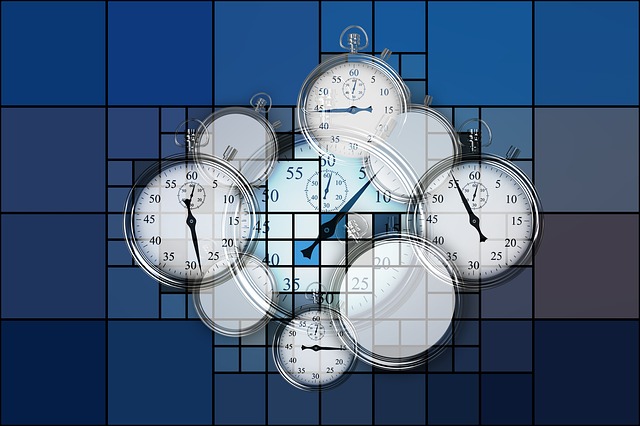Time Management from the Inside Out, by organizational guru Julie Morgenstern, is an older productivity book. In fact, the sections on using technology to assist you with time management can best be described as quaint. But I’ve been thinking about it since I talked about her other book in last week’s How To Organize Your Workspace blog post. Her core system is still valid, and works well with ROAR.
Different Starting Points
The main difference between the two books is that Time Management from the Inside Out is written to address someone whose life is an out of control mess. Commitments are being broken. Deadlines are being missed. Stress is rampant. Something about your time management process needs to change! ROAR, on the other hand, is written to address someone whose life was doing okay until some external event happened. Courses need to be corrected. New strategies need to be implemented. But once a plan is in place, the assumption is that you’ll be able to follow it.
There is also the question of why you’re having problems. Morgenstern’s book proposes three reasons for your time management crisis. You may lack tools or knowledge. There may be environmental factors beyond your control – in which case you should simply acknowledge that it’s out of your control and move on. Or you may have a psychological block. On the other hand, she assumes the reader is eager, willing, and receptive to change. My book primarily addresses your reaction to the environmental factors. I help you move from emotionally distressed to being eager, willing, and receptive to change. And I help you identify what is completely outside your control, versus what is at least responsive to your attitudes and actions.
Key Concept of Time Management from the Inside Out
The key concept in Time Management from the Inside Out borrows from Morgenstern’s earlier work, Organizing from the Inside Out. She suggests that you divide your life into zones, such as Family or Work. Then determine your long-term goals for that zone. Map out your week based on how much time is required by each zone. And her crucial innovation — only add tasks to those zones when they support your long-term goals.
Planning with Both Systems
If you are having challenges getting through your to-do list of tasks that you created with ROAR, consider implementing Morgenstern’s zones to help. Rather than feeling a need to do absolutely everything on your list that could help you move forward, choose only those things that fit into your zone. That way you will not cause the other parts of your life to suffer. You will be mentally and physically primed for success by scheduling tasks at their best time of day. And you will weed out busywork that seems important but does not advance you toward your ultimate goal.



